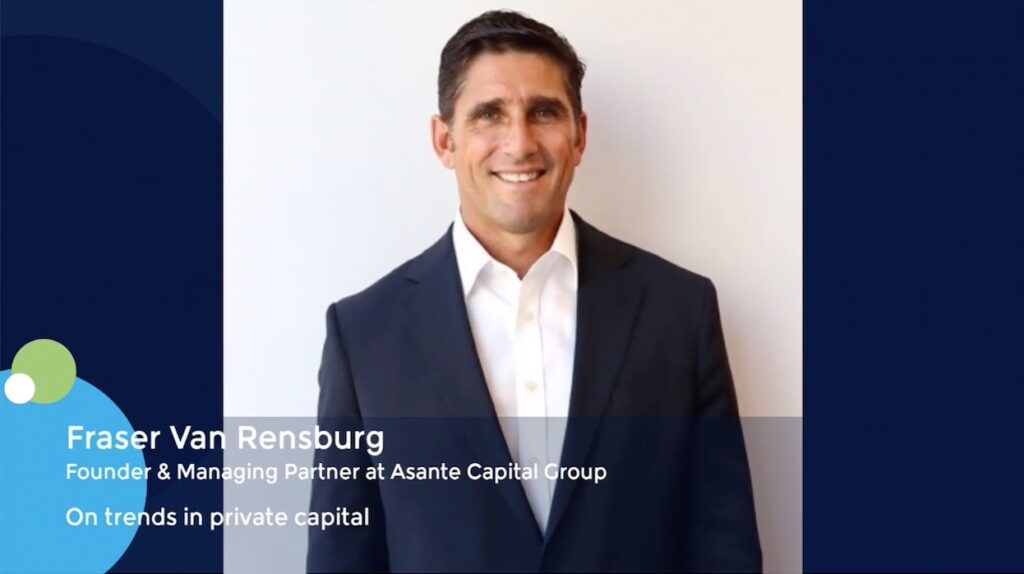Aavishkaar moves India impact strategy beyond early-stage deals – GP Profile
Aavishkaar Capital, one of the pioneers of early-stage impact investment in Asia, is active on multiple fronts. Deployment of Fund VI is ongoing. Fund VII is being primed for launch later this year. A private credit fund is in the market. And early explorations are underway regarding a continuation vehicle and a single-LP circular economy-focused fund.
“We are an early growth investor but behave like a late-stage private equity firm in our diligence,” said Vineet Rai, a founder and managing partner at Aavishkaar, acknowledging the firm has evolved in step with the impact investment landscape, most notable in India.
“We combine a little bit of venture capital flair with the consistency of private equity. We want to be a buyout fund – that’s where we are heading – and we have the capability to be fairly hands-on operationally because we have the funds and an advisory team.”
This transition has been in the works for a while. Aavishkaar ended its seed investment programme in Fund V, which closed on INR 8bn (USD 92m) in late 2019. The firm pivoted towards Series A and B rounds – sometimes even Series C – targeting more mature companies. Businesses with a clear pathway to profitability are prioritised.
Fund VI, which closed on USD 150m and is 40% deployed, can deploy no more than 10% of its corpus in zero-revenue or disruptive companies, Rai explained.
The portfolio is divided into three broad segments: stable companies with revenue of USD 70m-USD 100m, growing at around 30% per year; early- to growth-stage businesses with revenue of USD 8m-USD 15m and growth of 70%-80%; and companies in the USD 5m-USD 15m range that compensate for their limited size by delivering growth of 70%-100%.
“The zero-revenue companies have to be really alpha generating,” Rai explained. “The way we are structuring it is we may have a few failures, but most of our companies are going to give a certain kind of return.”
Strong foundations
Rai was literally in the room when the phrase impact investment formally emerged. It was 2007 and The Rockefeller Foundation had convened a meeting of microfinance and social venture capital practitioners in Italy to agree on a unified explanation for what they all did.
Aavishkaar had been doing it – backing businesses that generate societal and environmental benefit as well as financial returns – since 2001. But the impact badge helped accelerate assets under management (AUM) from USD 100m to USD 1.2bn by 2020. Impact went mainstream at the end of this period as various global GPs introduced dedicated strategies.
Aavishkaar now has USD 1.45bn in AUM and has invested in more than 80 companies to date, making about 50 exits. It is one part of Aavishkaar Group – the product of a 2016 reorganisation – sitting alongside microfinance institution Arohan, non-banking financial company (NBFC) Ashv, advisory platform Intellecap, and the Aavishkaar Foundation.
Disbursements from all entities stand at USD 5.1bn, according to Aavishkaar Group’s 2024 impact report.
Fund VI has made 10 investments so far, and there are plans for another five this year. The portfolio includes D2C bags and luggage group Zouk, confectionary and packaged food start-up Go Desi, growth-stage financial inclusion companies Altum Credo and Electronica Finance, and new-age disruptive technology groups NewTrace and Vecomocon.
Rai expects deployment to reach 70% by June, after which Aavishkaar can launch Fund VII. The focus on financial inclusion, sustainable agriculture, responsible customer and climate mitigation will remain, albeit with more of a skew towards stable growth-stage companies.
Fund VII may also invest in existing portfolio companies, taking the Aavishkaar position – across all involved funds – beyond 50%. However, it will pursue control stakes selectively, focusing on situations where there is both comfort with the target company and a clear value creation opportunity. This will not become a core part of the investment strategy, said Rai.
A formal target for Fund VII has yet to be set, but it is likely to be in the USD 200m-USD 300m range, with a 10% allocation to disruptive companies. Aavishkaar will look to deliver a 2.5x-3x return in US dollar terms, which works out as an IRR of 18%-22% over the 10-year life of a fund.
Existing core LPs are development financial institutions (DFIs) such as International Finance Corporation (IF) and British International Investment (BII), as well as Bank of India and State Bank of India. Rai expects them to re-up for Fund VII, committing USD 75m-USD 100m in aggregate. Other backers are likely to include DFIs and commercially motivated investors.
Strategic expansion
Aavishkaar is also talking to LPs about raising a continuation vehicle for two unnamed assets. At present, the process is being run internally. Rai noted there has been a lot of interest from LPs, but declined to provide details given the discussions are ongoing.
“We have a couple of companies in our portfolio that are nearing the IPO stage, but the funds are reaching the end of their lives. Instead of selling these assets to somebody else and letting them take the upside, we are thinking of launching a continuation fund that would allow us to hold these companies,” he explained.
“We are trying to see if we can scale that fund to a reasonably large size, and we hope it will become the first part of our private equity strategy.”
Meanwhile, Aavishkaar is raising a debut private credit fund focused on ASEAN, India and East Africa. It has received USD 55m in commitments so far, with another USD 130m in the diligence stage. The firm hopes to hit USD 150m-USD 200m before year-end. The hard cap has been set at USD 220m.
The new fund has already made six investments. Rai added that he believes the full USD 55m can be deployed by year-end.
Finally, Aavishkaar is in talks with one undisclosed LP about launching a circular economy fund of about USD 100m. The LP is considering an initial commitment of half that size with a view to topping up depending on performance. Investments could be structured as equity or credit. At present, Aavishkaar is erring towards credit.
Liquidity events
On exits, the impact investor initially concentrated on trade sales, prioritising quick turnarounds. That evolved into a more strategic approach to M&A, which Rai described in terms of connecting portfolio companies to larger groups looking to fill gaps in their businesses or add niche offerings.
In the last two years, Aavishkaar has shifted focus to India’s hot IPO market, particularly for portfolio companies with more than USD 100m in revenue. Aavishkaar now has four companies in the financial inclusion space – Equitas Small Finance Bank, Credit Access Grameen, Utkarsh Small Finance Bank and Suroday Small Finance Bank – listed on the Indian stock exchanges.
The most recent exit was Milk Mantra earlier this year, which Aavishkaar backed in 2013. It sold its stake in the dairy start-up to Chennai-based dairy products maker Hatsun Agro Product for about USD 27.5m. At least three more exits are in the pipeline – two IPOs and one trade sale.
Aavishkaar has fully returned three of its funds, according to Rai. Fund II delivered a low-teens return in the space of nine years, while Fund III reached the late teens. He expects Funds V and VI can generate mid- to late-teens returns. Fund IV is more of an outlier, having pursued an experimental, high-impact strategy.
“In impact investing, returning the capital is important, as is making sure the companies continue to deliver impact,” said Rai.
“Even when we do M&A, we can’t just walk away from the impact or cut corners to enhance returns. Those things are actually quite codified, so every time I do an exit, I have to make a case about why this exit is a responsible exit, and not just an exit for the sake of an exit.”














